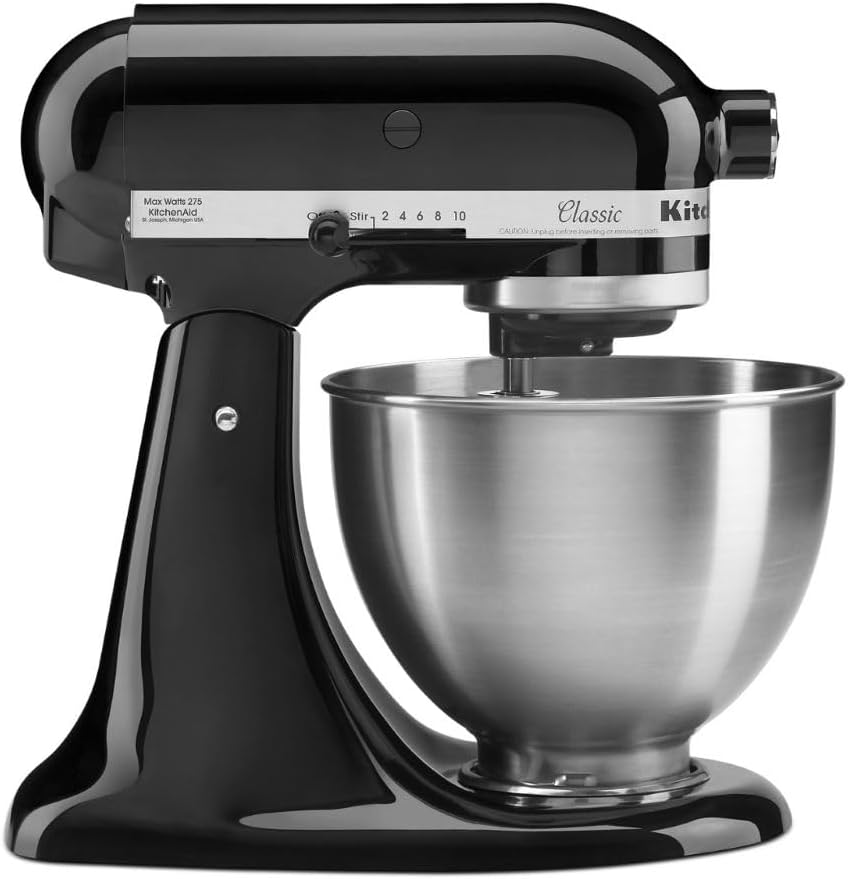Inflation expectations skyrocketed in April and consumer sentiment plunged as President Donald Trump moved to impose massive tariffs, major warning signs for the economy as the specter of a recession looms large.
The University of Michigan Consumer Sentiment Index for mid-April released on Friday found that year-ahead inflation expectations jumped from 5% last month to a concerning 6.7% this month. That is the highest reading since 1981, when the Great Inflation was finally winding down.
One reason policymakers are so worried about inflation expectations is that people can make decisions based on those expectations, which might cause the expectations to become self-fulfilling.
But the fearful expectations run counter to current inflation numbers, which have been falling. The consumer price index fell to 2.4% in March, lower than expected and closer to the Federal Reserve’s 2% goal.
Concerns about the bad inflation expectation reading are compounded by the fact that consumer sentiment dropped nearly 11% over the month, falling for the fourth straight month. Consumer sentiment fell to 50.8, down from 57.0 in March and below expectations from economists. Consumer sentiment is now down 34.2% from a year ago.
The sentiment reading was the second-lowest since 1952, with a reading from the peak of inflation in June 2022 surpassing it. Consumer sentiment is now lower than during the 2008 financial crisis and Great Recession.
Falling sentiment was seen in April across income, education, geographic region, and political affiliation.
“Consumers report multiple warning signs that raise the risk of recession: expectations for business conditions, personal finances, incomes, inflation, and labor markets all continued to deteriorate this month,” said Joanne Hsu, the survey director.
The share of consumers expecting unemployment to rise also increased for the fifth straight month and is now the highest since 2009.
“This lack of labor market confidence lies in sharp contrast to the past several years, when robust spending was supported primarily by strong labor markets and incomes,” Hsu added.
The reading comes after Trump roiled markets by imposing sweeping 10% tariffs on dozens of countries and much higher ones on certain countries. He later announced a 90-day pause on the higher tariffs, but the 10% tariffs remain in effect.
Trump’s reworking of global trade has increased the odds of a recession, according to many economists.
JPMorgan analysts put the chance of a global recession at 60% over the coming year if the tariffs are sustained. That is up from 40% before Trump announced the tariffs. Goldman Sachs also recently increased its projected odds of a recession from 20% to 45%.
Prediction markets are reflecting souring expectations, with Polymarket users pegging the odds of a recession in 2025 at 63%.
The stock market has had wild swings not seen since early in the pandemic. The Dow Jones Industrial Average is down 4.4% over the past month and 7.6% over the past six months. The tech-heavy Nasdaq has fallen even more, losing more than 5.7% of its value over the past month.
BEAR MARKET: WHAT IT MEANS AND WHY IT MATTERS
Chris Rupkey, chief economist at FWDBONDS, said the latest inflation expectation numbers show “outright fear” from consumers.
“The Trump trade war is terrifying consumers who cannot make up their mind between what is more likely, a recession or an inflation outbreak,” he said. “The economic outlook looks increasingly grim, and once consumers stock up on goods to try and beat the import tariff hikes, they are likely to retreat into their foxholes and try and wait the trade war out.”










